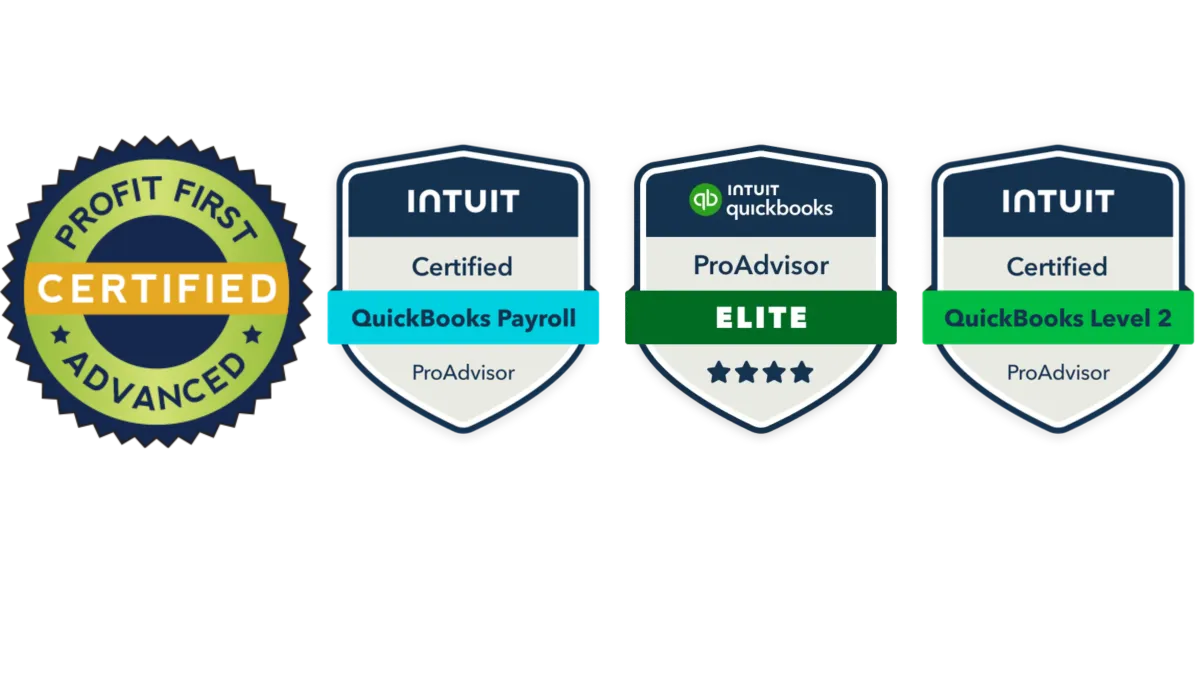Blog
Resources and Information to Help Your Business

Tax-Savvy Retirement: Strategies You Can Use to Lower Tax Bills and Maximize Savings
Retirement is a time to relax—but if you're not thinking about taxes, it can become a financial minefield. For Baby Boomers nearing or entering retirement, knowing how and when to withdraw money can be just as important as knowing how to save it.
Here are five smart, IRS-compliant strategies to help you retire with more and owe less.
1. Time Your Retirement Account Distributions
Once you hit age 73 (under current law), the IRS requires you to start taking Required Minimum Distributions (RMDs) from your retirement accounts. But before that, you may have opportunities to withdraw strategically during lower-income years—like the gap between retirement and when you start Social Security.
Tip: Plan these distributions with a tax pro to avoid bumping into higher brackets.
2. Consider Roth Conversions
Converting traditional IRA funds to a Roth IRA means paying taxes now but avoiding them later. This can be a huge advantage if you expect to be in a higher tax bracket in the future or want to reduce future RMDs.
Tip: Do partial conversions during lower-income years for optimal savings.
3. Use Qualified Charitable Distributions (QCDs)
If you’re 70½ or older, you can donate up to $100,000 per year directly from your IRA to a qualified charity. This satisfies your RMD and keeps the distribution off your taxable income.
Bonus: This is a great tool if you’re charitably inclined and don’t itemize deductions.
4. Delay Social Security Strategically
For every year you delay taking Social Security past full retirement age, you increase your benefit. But more than that—it may reduce your tax bill by keeping your provisional income lower during the early retirement years.
Tip: Coordinate withdrawals from retirement accounts to bridge the gap and keep taxes low.
5. Watch Out for Medicare Premium Surcharges
Higher income means higher premiums for Medicare Parts B and D. Roth conversions and large capital gains can trigger these surcharges.
Tip: Use a withdrawal strategy that keeps income below the IRMAA thresholds (Income-Related Monthly Adjustment Amount).
Retirement planning is about more than just saving—it’s about withdrawing wisely. By layering these strategies, you can stretch your savings, reduce your tax bill, and create a more predictable retirement income.
Ready to make your retirement work harder for you? Schedule a tax-smart retirement planning session with Savvy Tax Strategies today—we’ll help you keep more of what you worked so hard to save.
Partner With Us Today!
Schedule a 30 minute, no cost, no commitment consultation today. Let's see if it makes sense to work together.
DISCOVER the 10 BIGGEST Financial Mistakes Contractors Make and What You Can Do to Fix Them Today
2023 All Rights Reserved.



